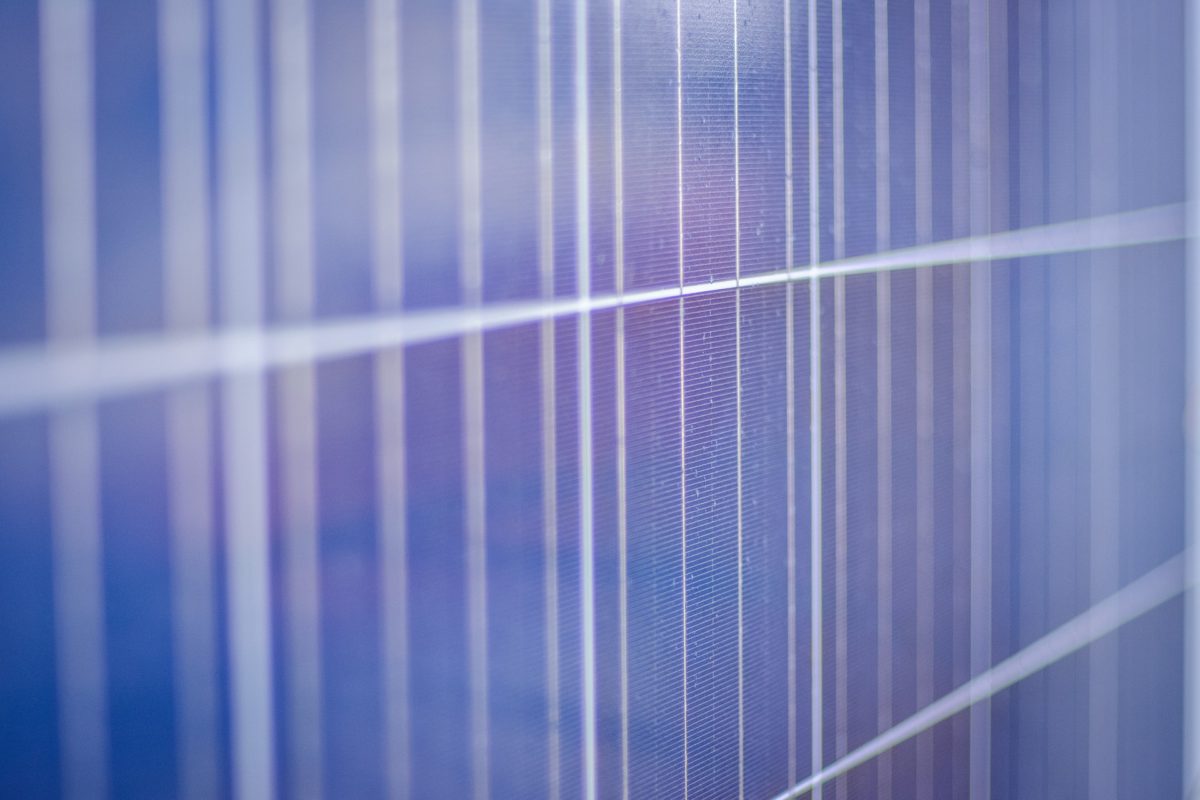Researchers from Hungary’s Szent István University have conducted an analysis of the thermal behavior of PV modules under outdoor operating conditions through thermography, which they claim has showed that the most used software for temperature predictions may not be as precise as expected.
The scientists analyzed different free-standing solar PV modules via infrared imaging. The maximum, minimum, and average irradiation intensities were 1135 W/m2, 107 W/m2, and 815 W/m2, respectively, while the average ambient temperature during the period of the study was 19 °C. Maximum, minimum, and average temperatures over the aperture area for each module were measured with the Report Generator Lite software.
Average temperatures
The group said that the average temperatures were similar for all the modules analyzed. Amorphous silicon panels recorded the highest average temperature of 53.32 °C, while polycrystalline modules registered the lowest average temperature of 49.35 °C.
The highest module temperatures were reported for frameless glass-glass modules, while the lowest temperatures were measured for polycrystalline glass-backsheet panels with frame. “The average maximum temperature, however, showed a different trend, with glass-tedlar multicrystalline modules of 105 Wp recording the highest temperature of 48.31 °C,” the researchers wrote.
Furthermore, the researchers found that amorphous silicon panels maintained a relatively uniform temperature compared to the other modules, and that their highest temperature gradient was 14.77 °C during the period of study. The temperature gradient defines the direction and rate at which temperature changes in a given area.
The scientists specified that the above-mentioned value was recorded during the period of highest average temperature, at 53.32 °C. “Therefore, it could be determined that the difference between the module temperature and the ambient temperature and the module frame together determine the uniformity of the module's temperature,” they further explained.
Measuring temperature gradient
frameless modules were found to have the highest temperature gradient, with amorphous silicon glass-glass modules reaching a value of 14.8 °C. For monocrystalline panels without frame a temperature gradient of 14.27 °C was recorded, while the lowest values were recorded two different kinds of multicrystalline modules with frame, for which values of 13.93 and 12.68 °C, respectively, were measured. “The polycrystalline glass-tedlar (60 Wp) module displayed the least temperature difference of 10.1%, while the highest temperature non-uniformity of 11.3% was observed for the pc- polycrystalline glass-tedlar (105 Wp) module. The average difference between the maximum and minimum temperatures for the modules studied was determined to be 10.6%,” the paper notes.
Assessment of theoretical models
The research team also explained that temperature predictions were also realized with four theoretical modes: the Homer, Ross, PVsyst, and Sandia software. “The experimental values for the maximum module temperatures for all four modules studied had, on average, higher temperatures than the predicted values for all the four theoretical models,” it also said, while adding that the maximum temperatures were underestimated by the models for all the studied PV modules. The Homer model, according to the research findings, provided the most precise prediction for the average module temperatures for all the modules.
In particular, the scientists found that the Sandia model tends to underestimate the temperature, although it is the more precise for getting minimum temperatures, while the other three models overestimate the minimum temperatures.
They concluded that the temperature of a PV module may deviate by up to 14.8 °C, depending on the type of PV module, if an accurate measurement via thermography is not applied. “This indicates that the DC power output of a module could be over- or under-estimated by a margin of 6.7% based on the temperature coefficient of power,” they wrote.
The results of the research were presented in the study, Thermal behavior analysis of different solar PV modules via thermographic imaging, published in the Journal of Renewable and Sustainable Energy.
This content is protected by copyright and may not be reused. If you want to cooperate with us and would like to reuse some of our content, please contact: editors@pv-magazine.com.




2 comments
By submitting this form you agree to pv magazine using your data for the purposes of publishing your comment.
Your personal data will only be disclosed or otherwise transmitted to third parties for the purposes of spam filtering or if this is necessary for technical maintenance of the website. Any other transfer to third parties will not take place unless this is justified on the basis of applicable data protection regulations or if pv magazine is legally obliged to do so.
You may revoke this consent at any time with effect for the future, in which case your personal data will be deleted immediately. Otherwise, your data will be deleted if pv magazine has processed your request or the purpose of data storage is fulfilled.
Further information on data privacy can be found in our Data Protection Policy.